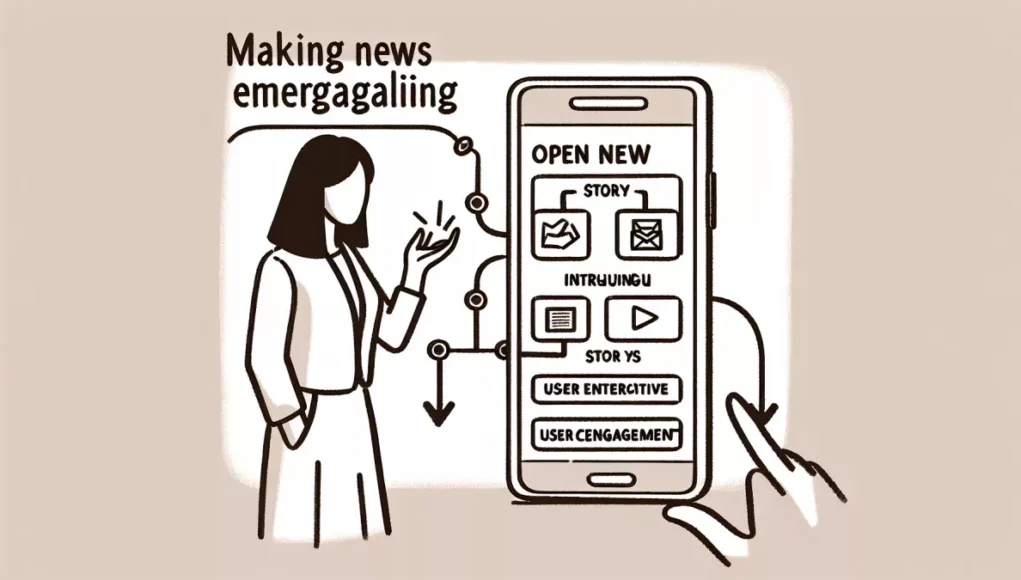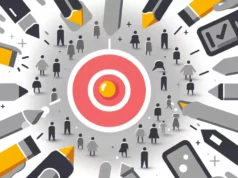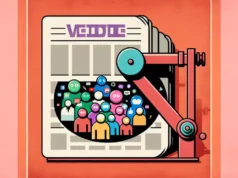Since the genesis of journalism, the primary objective has always been to convey critical information, foster discourse, stimulate thought, and create a broad worldview — all in an engaging and accessible manner. In pursuit of that ideal goal, journalism’s horizon has been continually expanding – the latest frontier — interactive storytelling. We are now in an era defined by rapid advancements in technology and interaction models. It is an age where information travels within split seconds across global barriers, and this digital age demands the transformation of traditional news delivery into an engaging, immersive experience through the method of interactive storytelling.
The transition from passive readership to an active, participatory audience is driven by people’s innate desire for personalization, immediacy, and interactivity. The Internet has become a catalyst for information sharing, streamlining communication and providing platforms for virtual exploration. As a result, newsrooms worldwide are harnessing the power of digital tools to immerse readers into stories, promoting deeper understanding and empathy.
A multimedia, interactive storytelling approach allows journalists to fuse text, audio, images, animations, videos, and data visualization elements — all becoming more effective than one-dimensional news stories. Brian Boyer, the former Visuals Editor at NPR, perceives this fusion of multi-elements as an opportunity to “respect the width and breadth of human intelligence”; thus, news is not simply absorbed, but experienced.
But how exactly does interactivity add to a news story? Primarily, it makes abstract concepts comprehensible and intuitive. For example, the ‘Snow Fall: The Avalanche at Tunnel Creek’ piece by the New York Times, seamlessly integrated video interviews, text, and animated graphics to demonstrate the harsh conditions that led to a disastrous avalanche. This imaginative approach drew the readers into the story, creating a substantial narrative impact.
Interactive news is also conducive to disseminating large volumes of complex information in an accessible format. An illuminating instance is the BBC’s ‘Your Life on Earth.’ Here, the BBC invites readers to input their date of birth, and the tool then generates personalized timelines of their lifetime and significant world events. This tool succeeds in contextualizing readers’ personal experiences in a broader global framework.
However, creating an immersive, interactive news experience does present its unique challenges. It demands a versatile skillset from journalists — including digital technology, design, videography, and even elements of programming. Plus, the resources needed for interactive projects are often higher than traditional news stories. Yet, many news organizations are investing in these cutting-edge storytelling techniques. In a survey conducted among 100 European digital leaders by Reuters Institute, a majority echoed their plans to focus on “data, video, and visual storytelling” in the upcoming year.
In an effort to train the next generation of journalists, Newsroom Education Desks, like the one at the Chicago Tribune, are focusing more on digital tools for story building. These hands-on training programs allow young reporters to become comfortable with technology and encourage them to explore new narrative forms that go beyond superficially layered multimedia elements.
Ultimately, as the advent of technology revolutionizes journalism, the essential elements of accurate reporting, critical thinking, and ethical writing cannot be compromised. Staying true to these principles, the news industry must move forward, embracing the transformative power of interactive storytelling and focusing on creating informative, immersive, and engaging content for the modern audience.
According to Nicholas Diakopoulos, an Assistant Professor in Communication Studies at Northwestern University, “The goal of an interactive journalist isn’t simply to make shiny things. The goal is to make things that help people understand the news better, and help them be better citizens.” This sentiment rings true. Interactive storytelling is not merely about digital dazzle. It’s about equipping citizens with better perspectives, understanding, and empathy to navigate an increasingly complex world.
Source:
1. “Interactive Journalism: Hackers, Data, and Code” by Nikki Usher, The University of Illinois Press.
2. New York Times, ‘Snow Fall: The Avalanche at Tunnel Creek.’
3. BBC’s ‘Your Life on Earth.’
4. Reuters Institute, Digital News Project 2016.
5. “Automating the News: How Algorithms Are Rewriting the Media” by Nicholas Diakopoulos, Harvard University Press.
6. “Design For How People Learn” by Julie Dirksen, New Riders.






